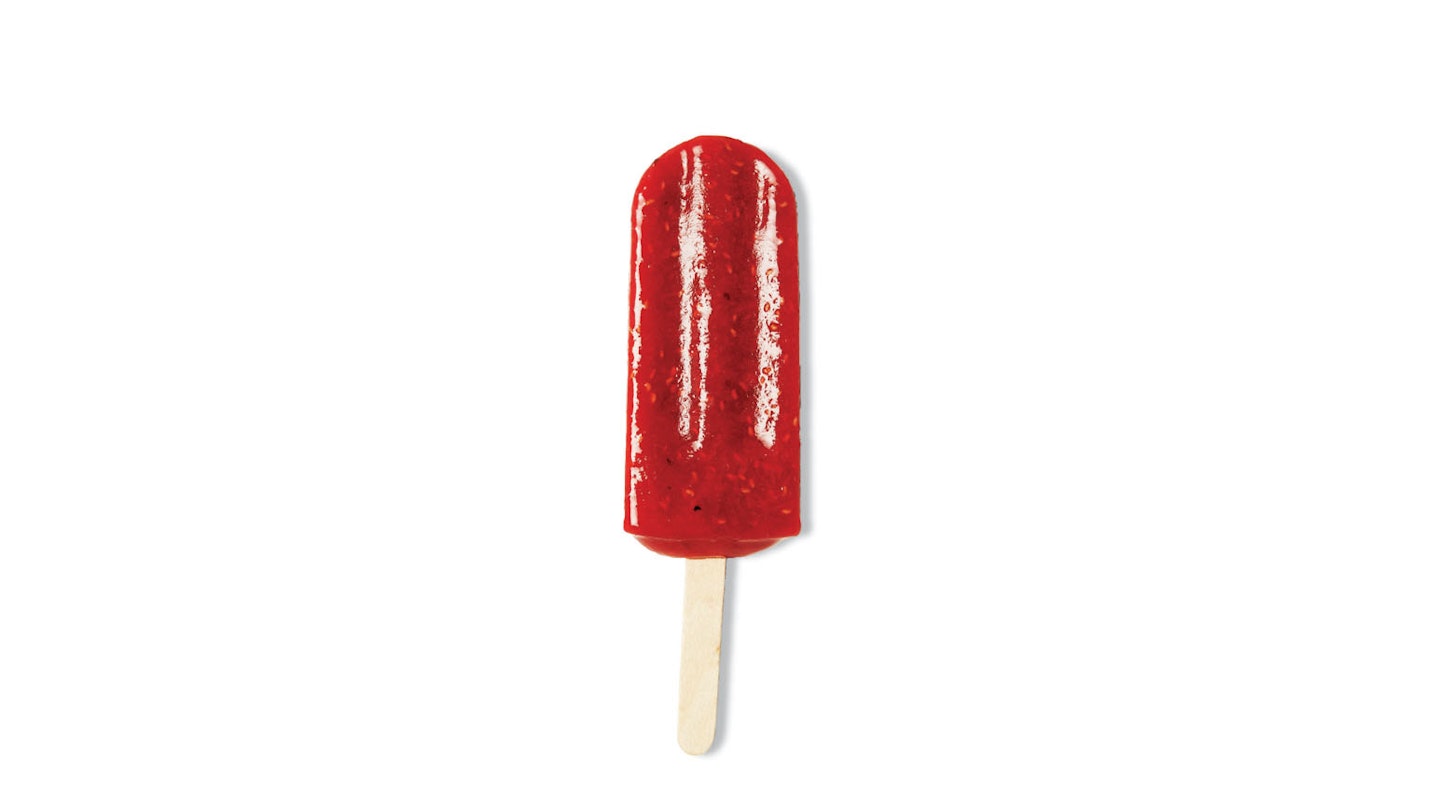Preparation Time
15 minutes + freezing time
Serves
Makes 8-10
Nutrition
N/A
Puree
N/A
Finger Food
N/A
Ingredients
-
210g granulated sugar
-
finely grated zest of 1 lime
-
300ml water
-
500g raspberries, rinsed
-
2–3 tablespoons freshly squeezed lime juice
This is sweet and tangy with a subtle undercurrent of lime. The raspberry seeds haven't been strained out, but if you think your toddler will prefer a smooth, silky texture push the mixture through a fine sieve before sieving
-
Put the sugar, lime zest and 100ml of the water in a small saucepan and bring to a simmer. Simmer until the sugar has dissolved.
-
Put the raspberries in a food processor with the lime syrup and the remaining water and blend to a purée.
-
Add 2 tablespoons of the lime juice and taste to see if it’s sharp enough. If not, add a little more to achieve an equal balance of sweet and sharp.
-
Pour the mixture into your ice-lolly moulds, leaving 5mm at the top to allow the mixture to expand when it freezes.
-
Insert the lolly sticks and freeze.
This recipe is taken from Ice Kitchen: 50 Ice Lolly Recipes by Cesar and Nadia Roden (Quadrille, £12.99). Photography by Adam Slama.
